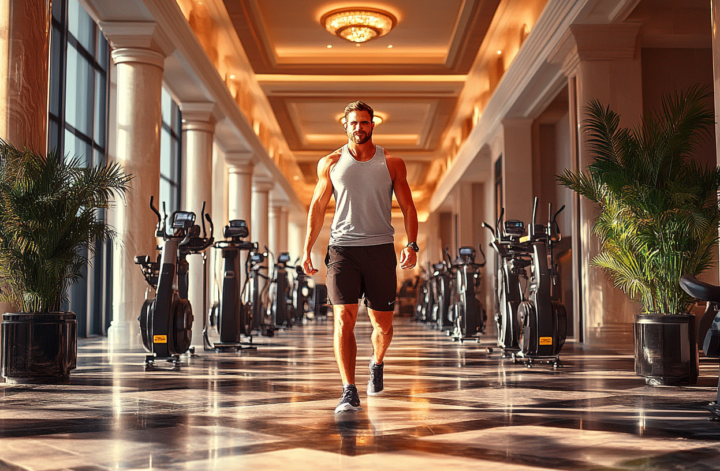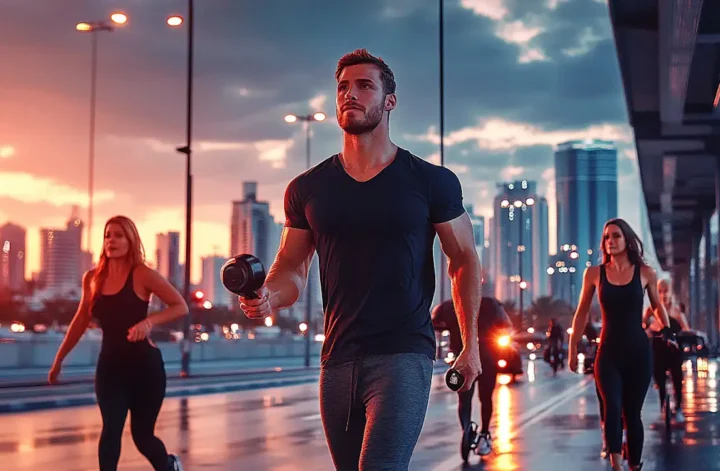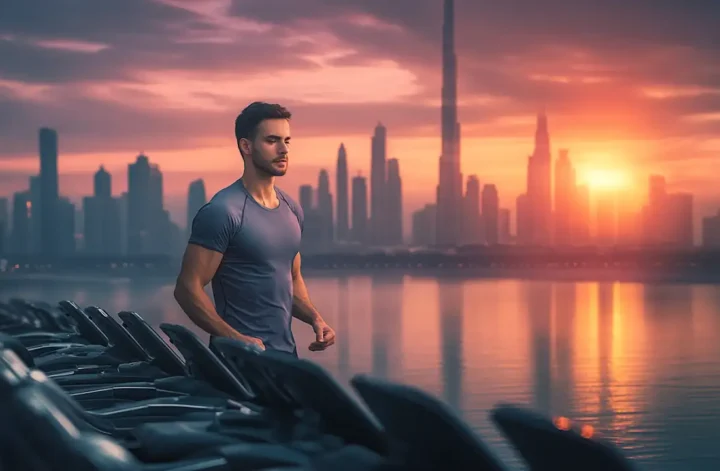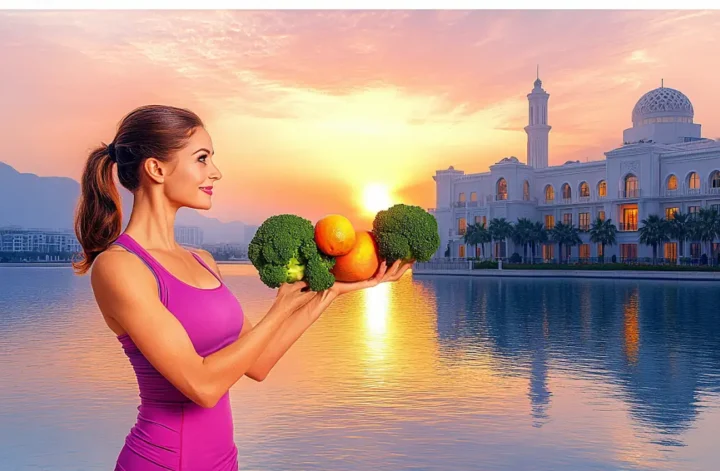Dubai’s luxury real estate market is experiencing an unprecedented transformation, with developers increasingly focusing on wellness-integrated living spaces. The demand for 5 bedroom penthouses has soared as affluent buyers seek residences that combine opulent living with health-conscious design principles. This shift represents a fundamental change in how luxury properties are conceived, built, and marketed in one of the world’s most dynamic real estate markets.
The Wellness Architecture Revolution: Beyond Traditional Luxury
The concept of wellness architecture in Dubai has evolved far beyond simple spa amenities and fitness centers. Today’s developments incorporate biophilic design principles that seamlessly blend natural elements with modern luxury. Leading developers are investing heavily in properties that feature indoor gardens, natural light optimization, and advanced air purification systems.
The integration of wellness features in Dubai’s luxury properties has seen a remarkable 45% increase in property values compared to traditional luxury developments. These innovative designs incorporate elements such as circadian rhythm lighting systems, which automatically adjust to support residents’ natural sleep-wake cycles.
Environmental psychologists working with Dubai’s top architects have documented a 32% improvement in residents’ reported stress levels in wellness-designed spaces. These properties utilize materials that maintain optimal humidity levels and incorporate sound-dampening technology to create peaceful environments.
The most sophisticated wellness-integrated properties now include dedicated meditation rooms, yoga studios, and private thermal suites. These spaces are designed with advanced acoustic engineering to maintain perfect silence, with sound levels measuring below 35 decibels.
Technological Integration: The Smart Wellness Home
Dubai’s luxury wellness properties are at the forefront of smart home technology integration. Advanced air quality monitoring systems continuously measure and adjust indoor air composition, maintaining optimal levels of oxygen and humidity while filtering out pollutants.
These sophisticated systems utilize artificial intelligence to learn residents’ preferences and daily routines, automatically adjusting temperature, lighting, and ambient sounds to create the perfect environment for different activities throughout the day. Studies show that these smart systems can reduce energy consumption by up to 37% while improving resident comfort.
The integration of wellness-focused technology extends to water purification systems that provide molecular-level filtration, ensuring that every drop of water in the home is of the highest quality. These systems remove 99.9% of contaminants while maintaining beneficial minerals.
Smart sleep technology is another crucial component, with bedrooms equipped with specialized lighting systems that simulate natural sunrise and sunset, promoting better sleep quality. Research indicates that residents experience a 28% improvement in sleep quality after moving into these technologically advanced spaces.

The Economics of Wellness Real Estate
The wellness real estate sector in Dubai has shown remarkable resilience and growth, with property values appreciating 23% faster than traditional luxury properties over the past three years. Investment in wellness-focused properties has reached AED 15.7 billion in 2024, representing a significant portion of Dubai’s luxury real estate market.
Market analysis reveals that wellness-integrated properties command a premium of 15-20% over comparable traditional luxury properties. This price differential is supported by strong demand from health-conscious ultra-high-net-worth individuals who prioritize wellness features in their property decisions.
The operational costs of wellness-focused properties, while initially higher, show better long-term value proposition. Energy efficiency measures and sustainable design features result in 30-40% lower utility costs compared to conventional luxury properties.
Research indicates that wellness properties maintain their value better during market fluctuations, with a depreciation rate 45% lower than traditional luxury properties during economic downturns.
Customization and Personalization: The New Paradigm
Dubai’s wellness-focused luxury properties are setting new standards in personalization. Developers now offer extensive customization options that allow residents to create living spaces perfectly attuned to their individual wellness needs and preferences.
Advanced building management systems can be programmed to create different wellness zones within the same property, each with its own environmental settings. This level of customization extends to air quality, lighting, temperature, and acoustic properties in different areas of the home.
Personalized wellness features can include dedicated spaces for specific activities, such as meditation rooms with electromagnetic radiation shielding or private spa areas with customized hydrotherapy equipment. These bespoke solutions typically add 25-35% to the base property value but are increasingly sought after by discerning buyers.
The integration of personal wellness monitoring systems allows residents to track and optimize their living environment’s impact on their health metrics, with data showing that customized environments can improve overall wellbeing markers by up to 40%.
Sustainable Luxury: The Green Wellness Connection
Dubai’s wellness-focused properties are leading the way in sustainable luxury living. These developments incorporate advanced water recycling systems that reduce consumption by up to 75% compared to traditional properties, while maintaining the highest standards of luxury.
The use of sustainable materials and construction methods not only reduces environmental impact but also creates healthier living spaces. Properties utilizing these methods have shown a 60% reduction in volatile organic compounds (VOCs) compared to conventional luxury developments.
Energy efficiency in these properties goes beyond standard green building practices, with innovative solutions such as solar-thermal cooling systems reducing energy consumption by up to 80% while maintaining perfect indoor temperatures.
The integration of vertical gardens and green spaces within these properties serves multiple purposes, from improving air quality to reducing urban heat island effects. These features have been shown to reduce ambient temperatures by up to 5 degrees Celsius while providing numerous psychological benefits to residents.
Community Integration: The Social Aspect of Wellness Living
The concept of wellness in Dubai’s luxury properties extends beyond individual units to encompass entire communities. These developments are designed to foster social connections while maintaining privacy and exclusivity.
Shared wellness spaces are carefully designed to encourage interaction while respecting personal space, with research showing that residents in these communities report 45% higher satisfaction with their social lives compared to those in traditional luxury developments.
Community wellness programs, ranging from group fitness classes to nutrition workshops, create opportunities for meaningful social interaction. Data shows that participation in these programs leads to a 35% increase in resident engagement and community satisfaction.
The integration of technology facilitates community connection through dedicated apps and platforms, allowing residents to coordinate wellness activities and share resources while maintaining privacy and security. These digital platforms have shown to increase community engagement by 50% compared to traditional methods.







